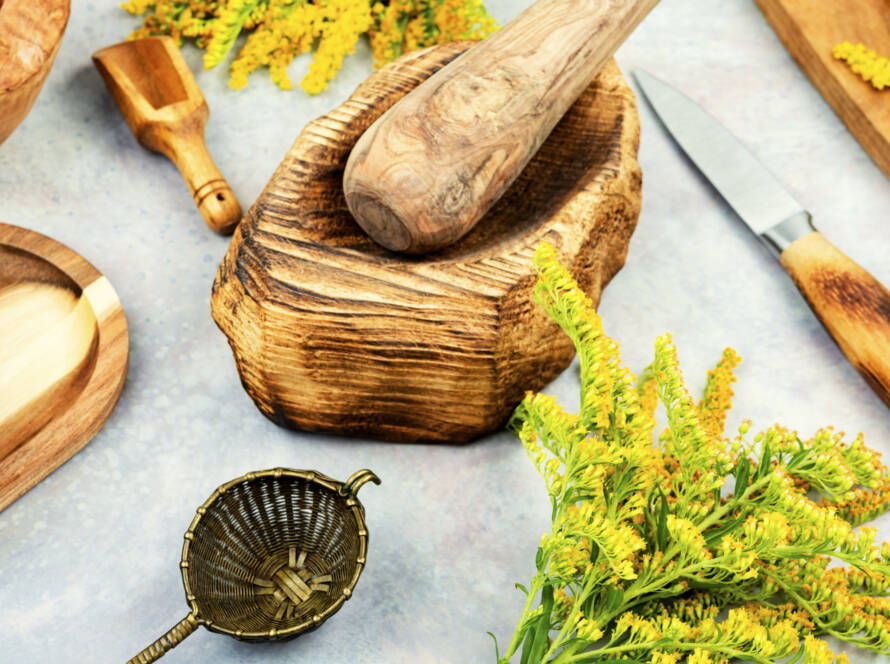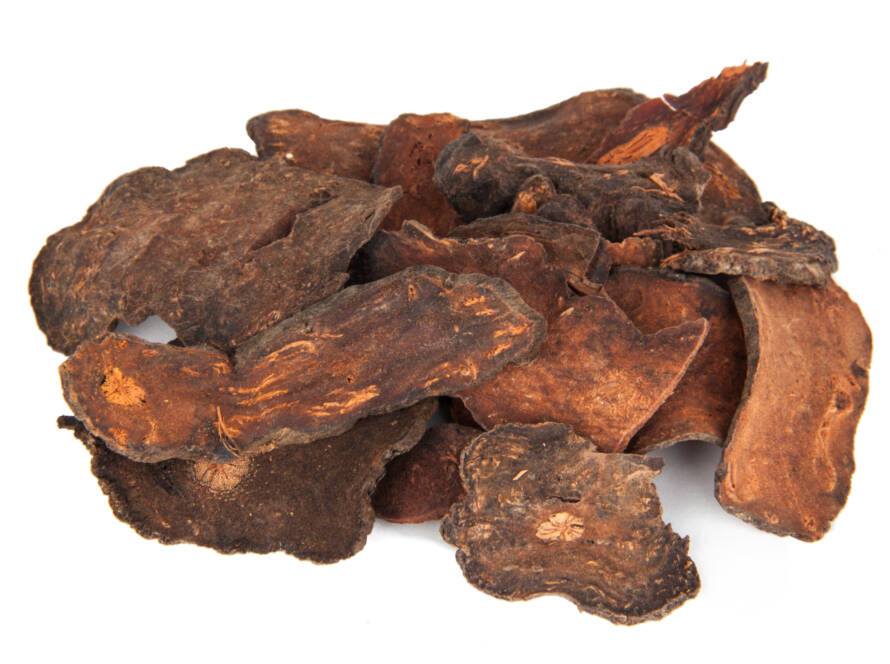Celery Seed
Introduction
This fact sheet provides basic information about cat’s claw, a herb used for its flavor, scent, and potential therapeutic properties. Cat’s claw, known scientifically as Uncaria tomentosa and Uncaria guianensis, is a woody vine that grows wild in many countries of Central and South America, particularly in the Amazon rainforest. Its use dates back to the Inca civilization.
Common Names
- Cat’s claw
- Una de gato
Latin Names
- Uncaria tomentosa
- Uncaria guianensis
What It Is Used For
- Cat’s claw has been traditionally used in South America to prevent and treat various diseases.
- It is associated with a range of health conditions, including:
- Viral infections (such as herpes and HIV)
- Alzheimer’s disease
- Cancer
- Arthritis
- Additionally, it is believed to support the immune system and promote kidney health, as well as to prevent and abort pregnancy.
How It Is Used
The inner bark of cat’s claw is utilized to create liquid extracts, capsules, and teas. It can also be applied topically to the skin.
What the Science Says
- Current scientific evidence is insufficient to confirm the effectiveness of cat’s claw for any specific health issue, including arthritis, HIV, or cancer.
- Small studies suggest potential benefits for osteoarthritis and rheumatoid arthritis, but larger trials are lacking.
- Laboratory studies indicate that cat’s claw may stimulate parts of the immune system, though its effects on inflammation and immune boosting in humans remain unproven.
- The National Institute on Aging is investigating the effects of cat’s claw on the brain, which may lead to new research avenues for Alzheimer’s disease treatment.
Side Effects and Cautions
- Generally, cat’s claw is well-tolerated at recommended dosages, but some rare side effects may include:
- Headaches
- Dizziness
- Vomiting
- Pregnant women or those trying to conceive should avoid cat’s claw due to its historical use in preventing and aborting pregnancy.
- Its immune-stimulating properties raise concerns about safety for individuals with immune system conditions.
- It is important to inform healthcare providers about any complementary and alternative practices being used to ensure coordinated and safe care.
Sources
- Cat’s claw. Natural Medicines Comprehensive Database.
- Cat’s claw (Uncaria tomentosa, Uncaria guianensis). Natural Standard Database.
 NCCAM National Institutes of Health
NCCAM National Institutes of Health


